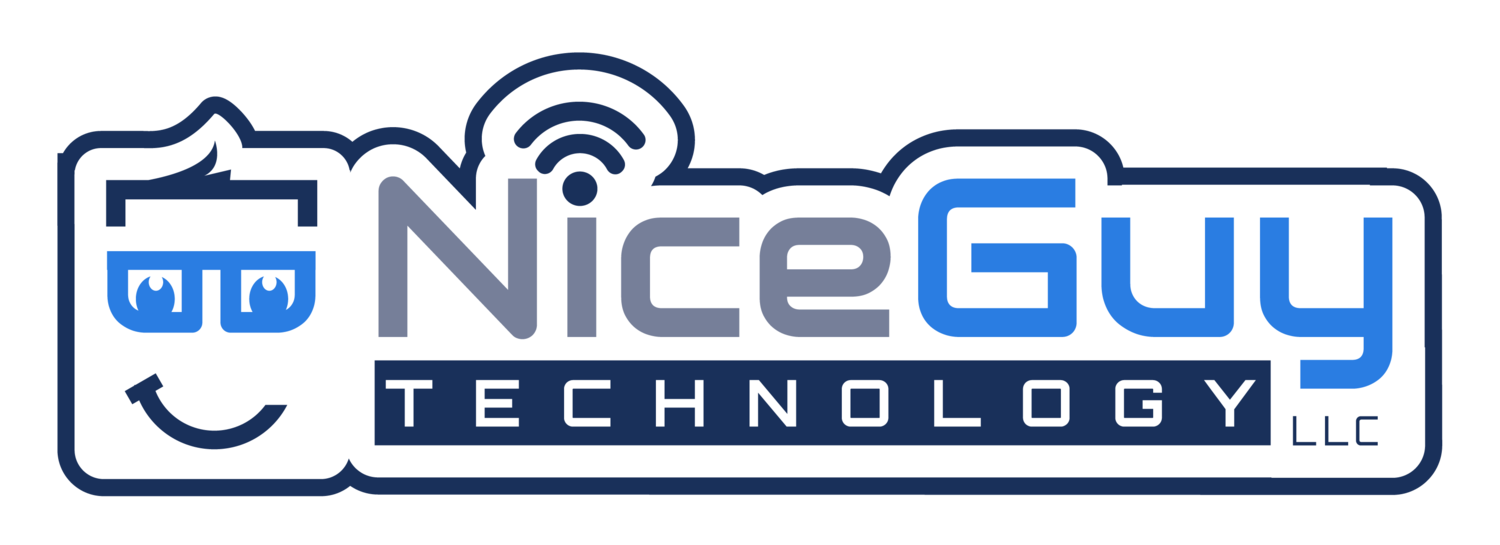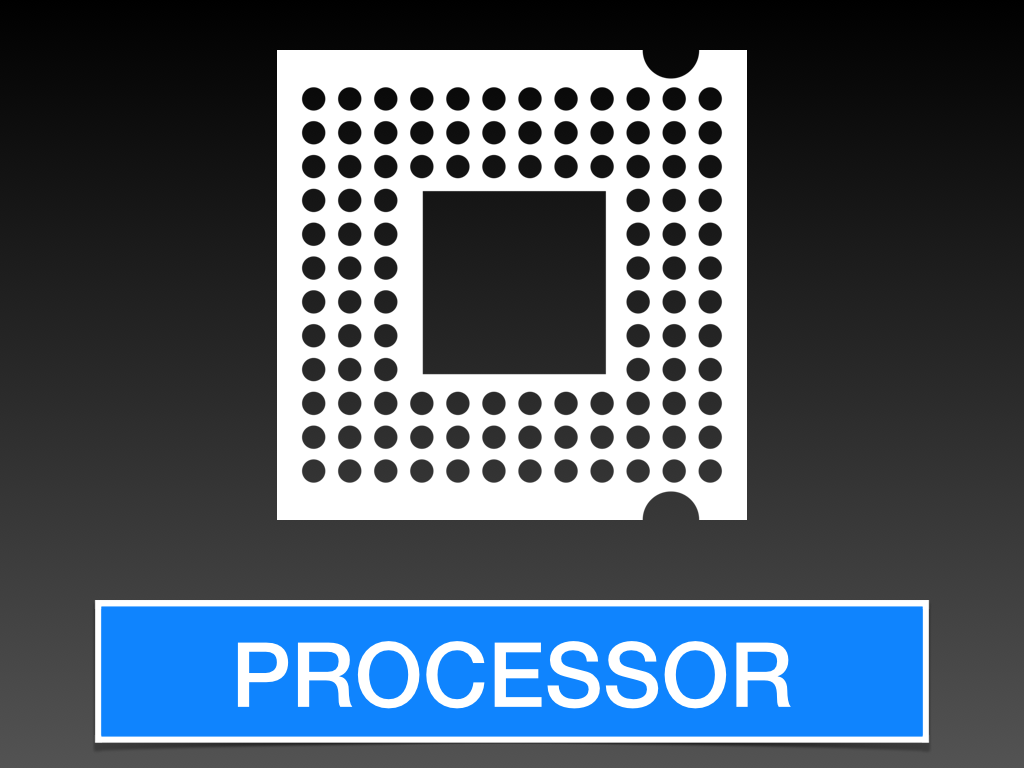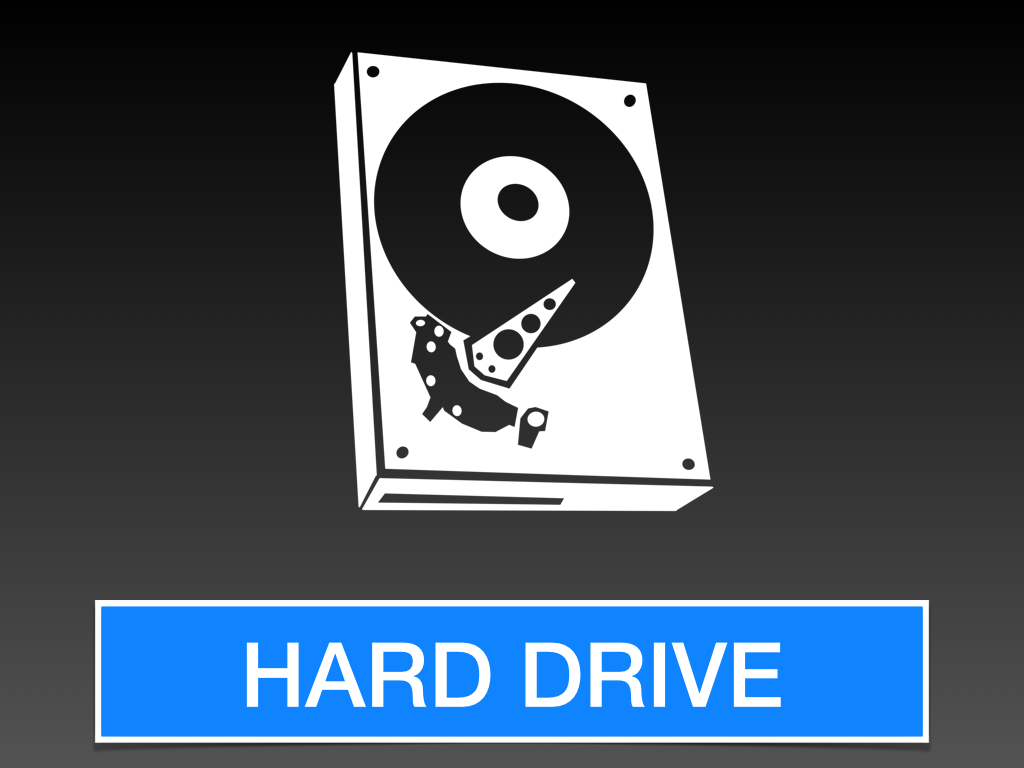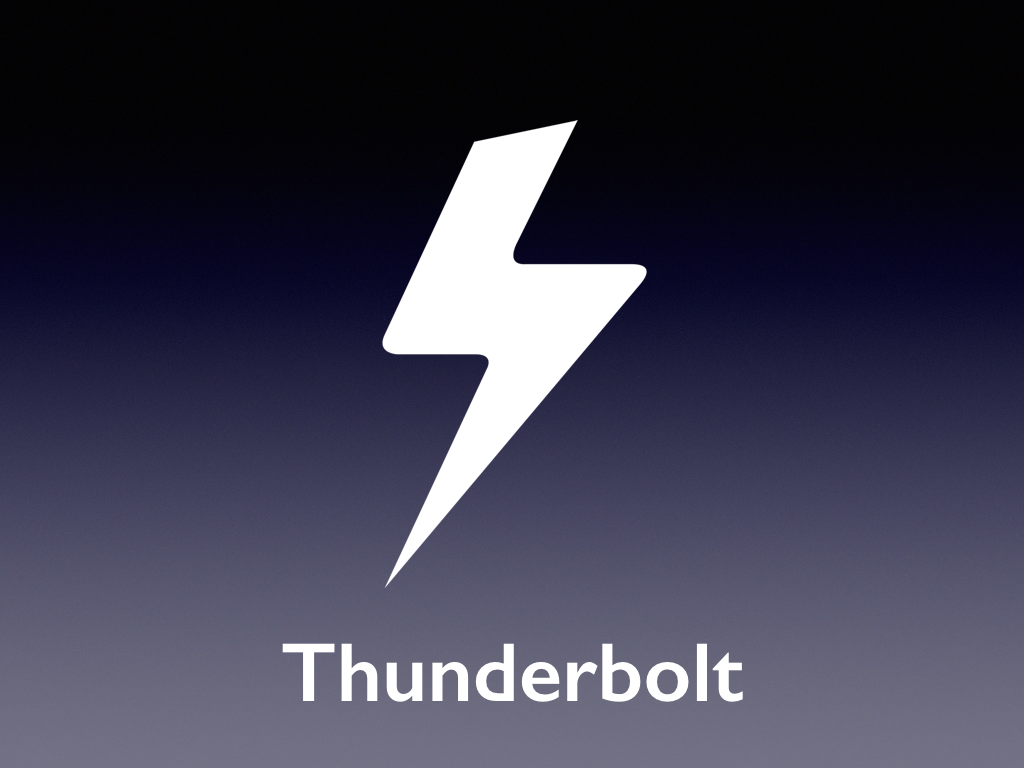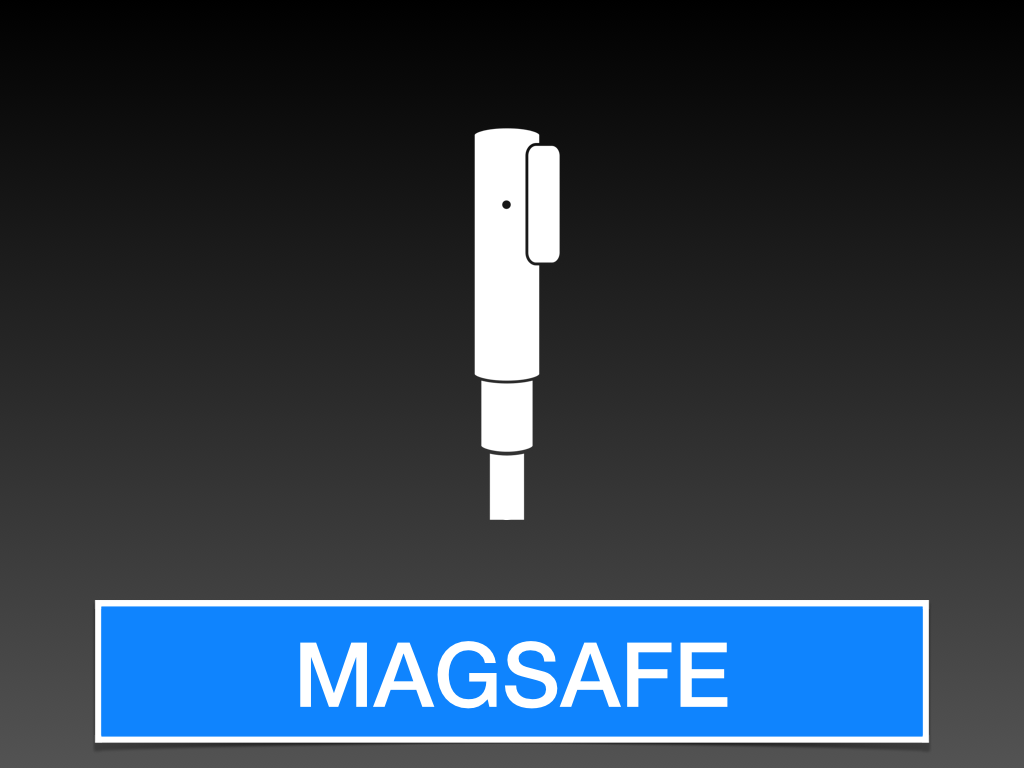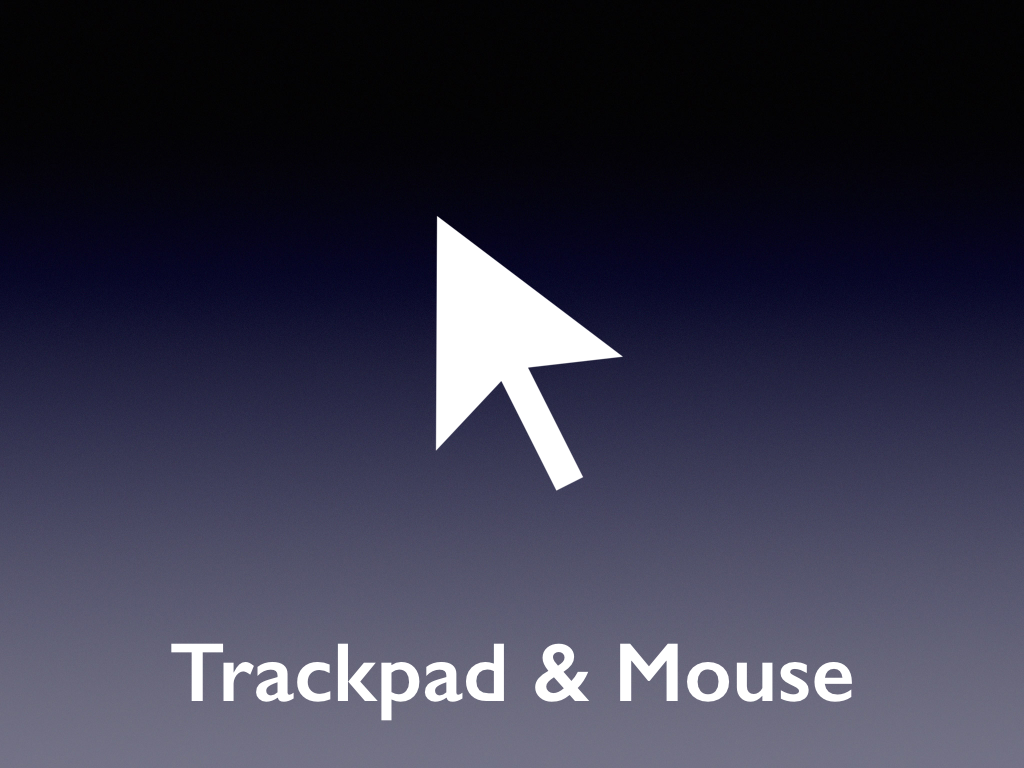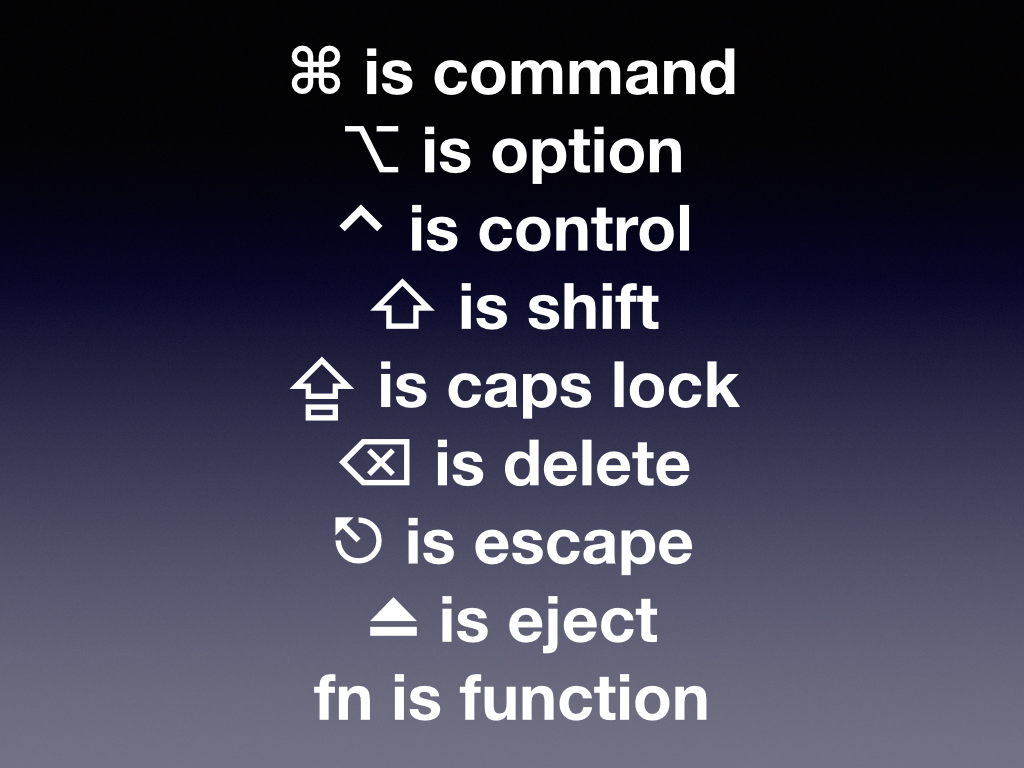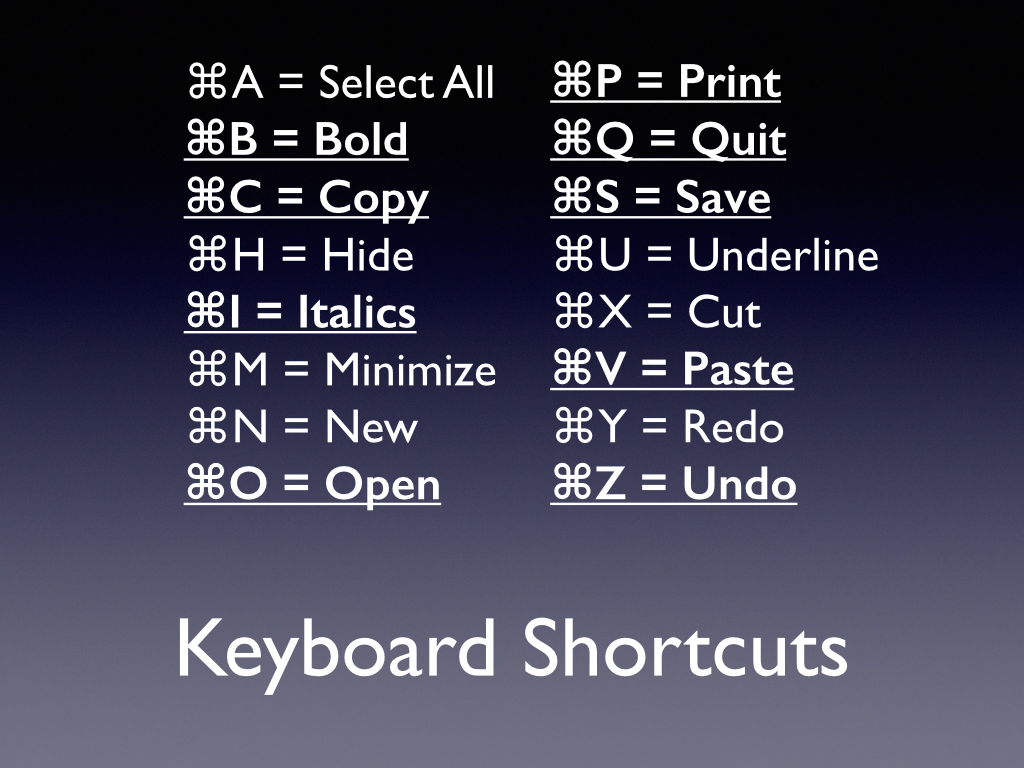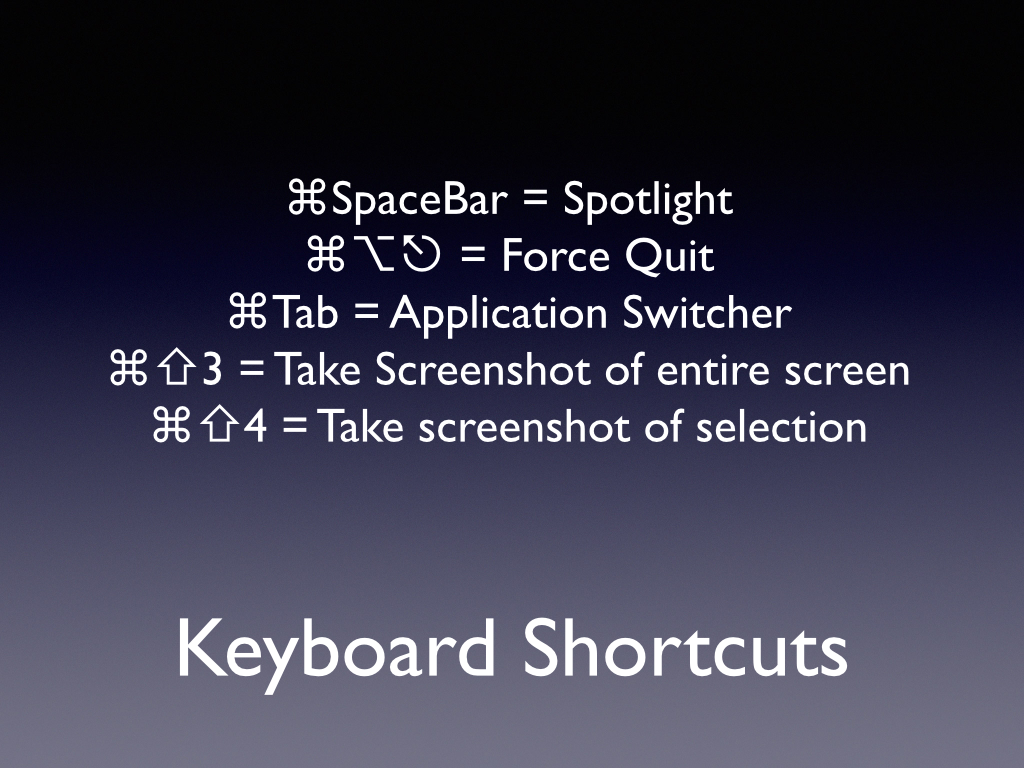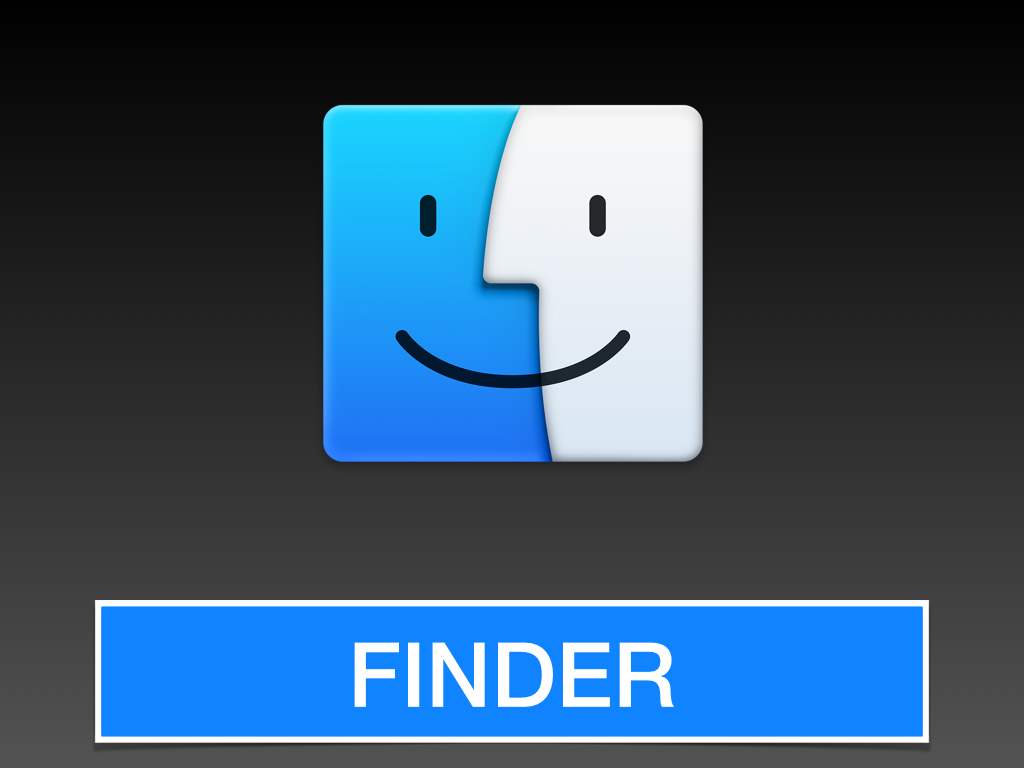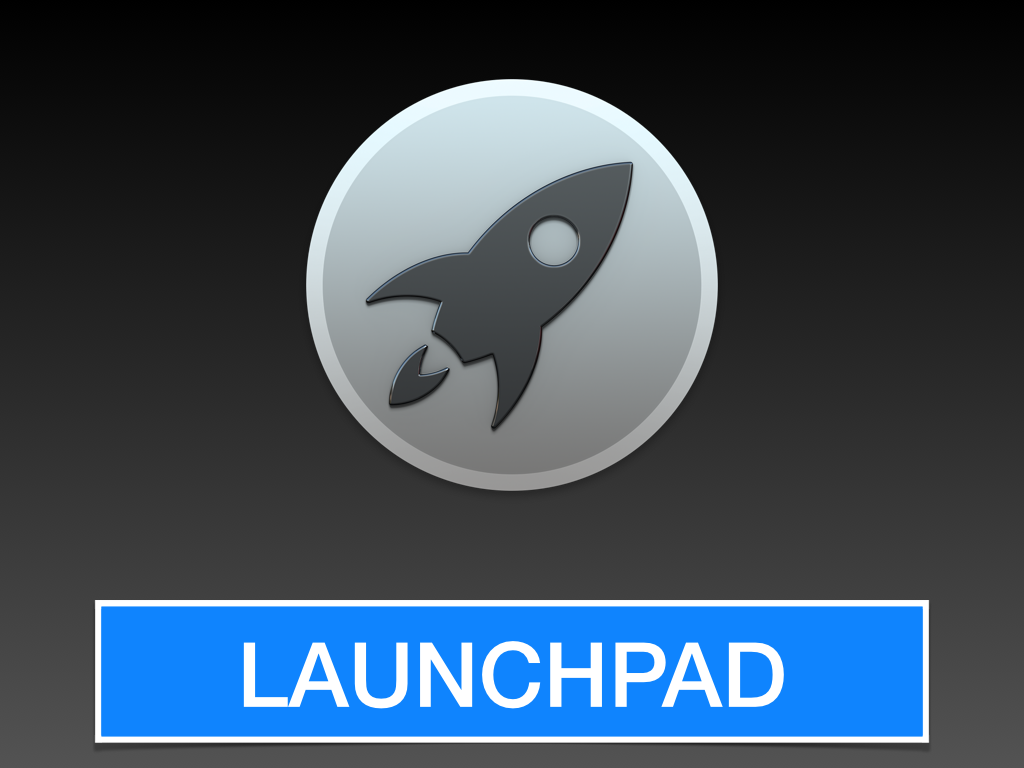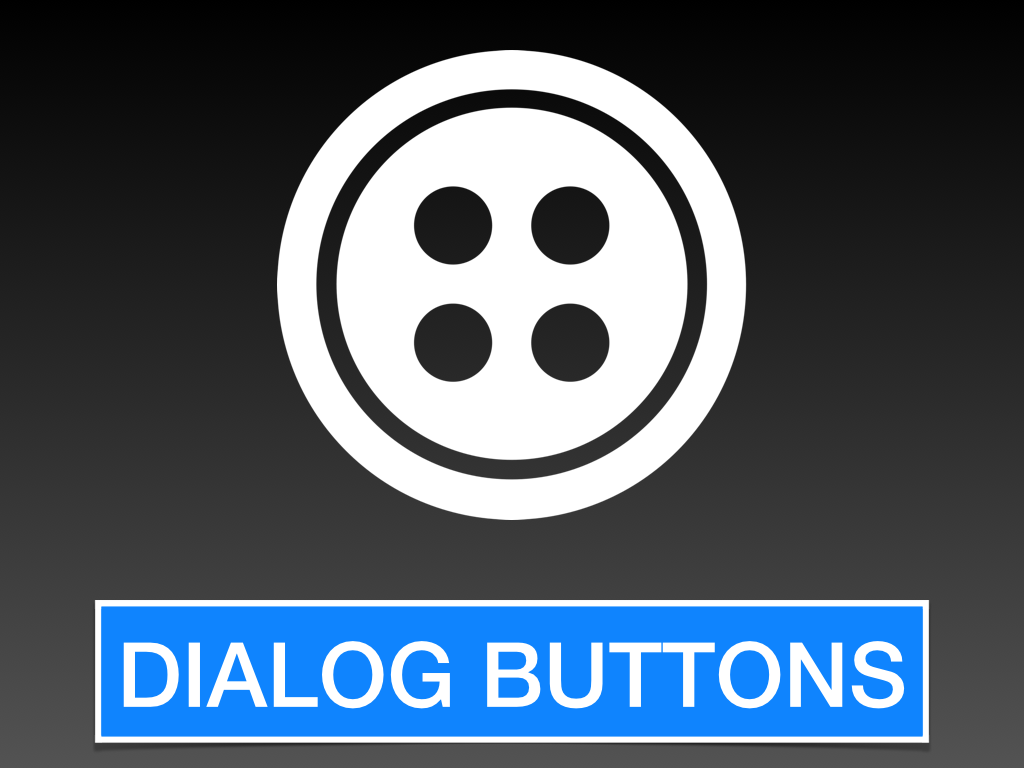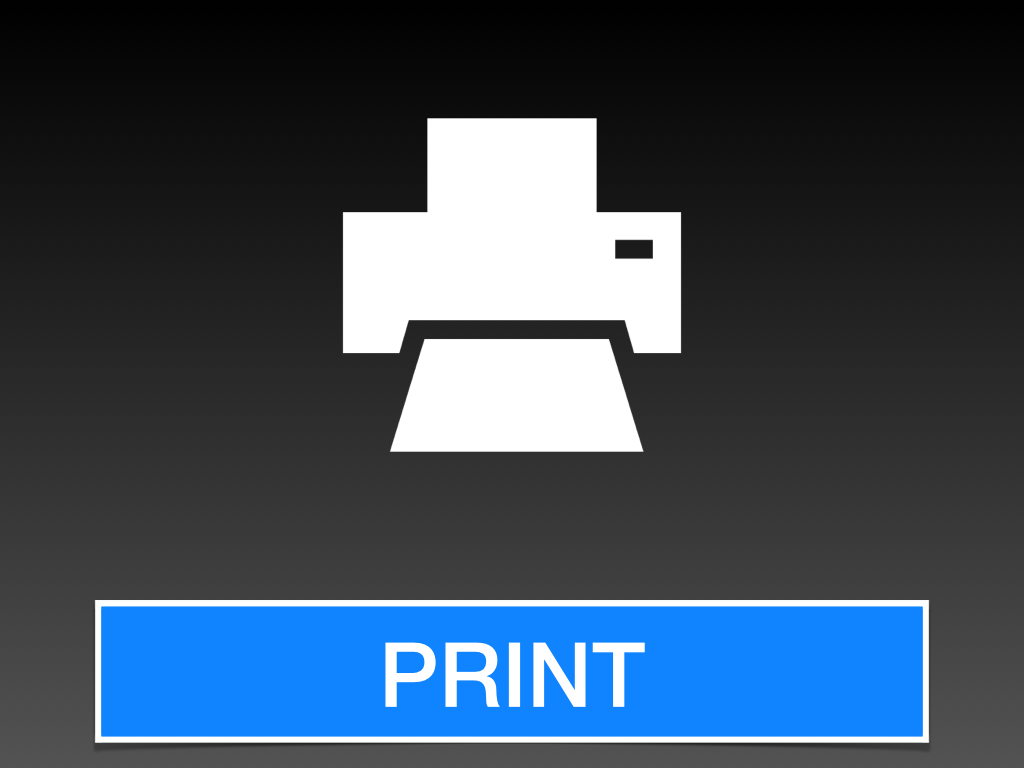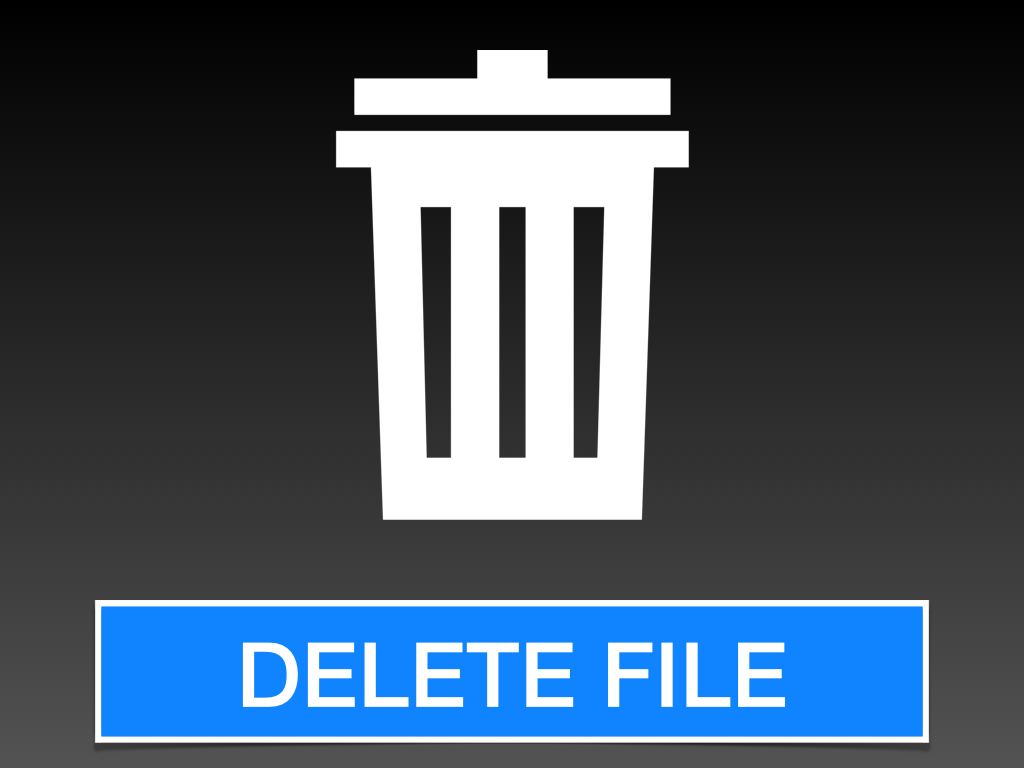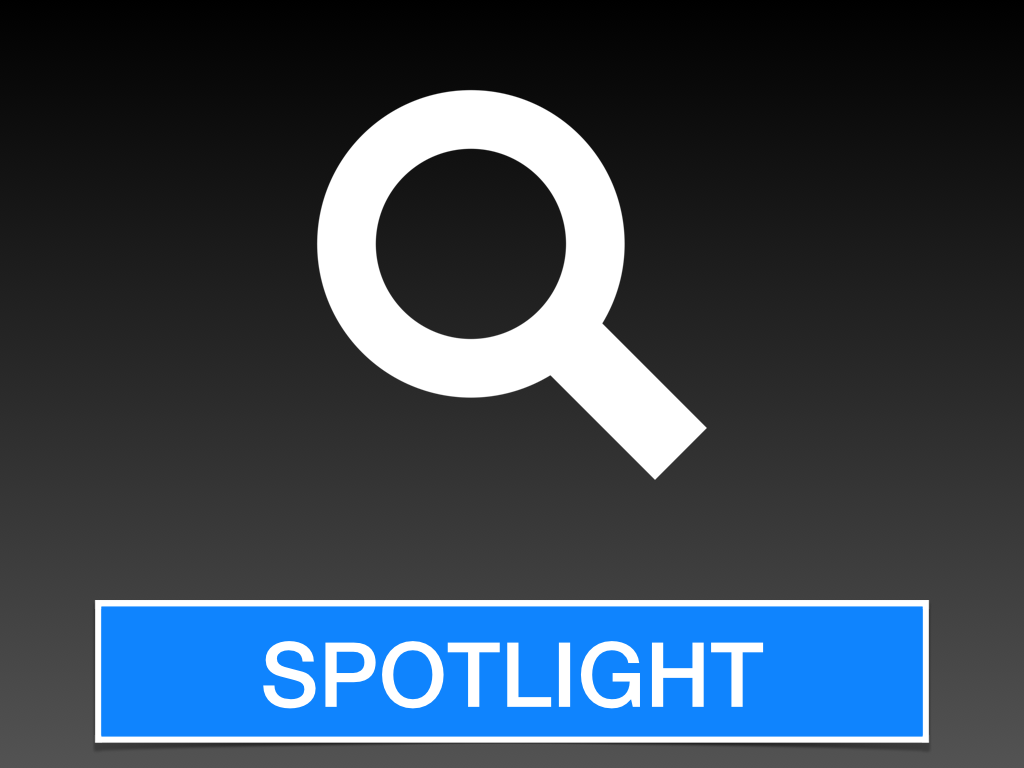Thank you for attending Get To Know Your Mac. I hope you find this outline helpful to you as a reference to the material we covered. I have included videos and links to various things I think you may find helpful. If you have any further questions don't hestiate to contact Mike.
Connect to Wi-Fi
Which Mac?
To determine the version of your Mac click on the little Apple button in the upper left corner of your screen and click on About This Mac.
If you have Snow Leopard (10.6.8), Lion (10.7), Mountain Lion (10.8), or Mavericks (10.9) and you would like to upgrade to Yosemite (10.10) there are instructions on how to do so on Apple's website.
Computer Components
The faster a chef is, the faster the food is ready to eat! A processor allows things to be prepared at the same time. Dual-core processors are like two chefs and Quad-core processors are like having four chefs!
A hard drive is like your pantry and refrigerator in your kitchen, they allow you to store items to retrieve and eat later. Remember that sometimes your storage in the pantry and refrigerator get filled to the brim and need to be taken out to be eaten, same thing applies to your storage on your hard drive!
Our RAM is similar to your counter space in the kitchen for the chefs to make delicious food. If you have a lot of counter space then your chefs can prepare many meals at once.
Physical Parts of a Mac
The following parts are found on either the left or right hand side of a Mac laptop or on the backside of a Mac desktop.
USB stands for Universal Serial Bus. This allows you to connect your computer to other devices (printers, cameras, iPod's and many more items).
Firewire is a different type of connection compared to a USB. The connection is smaller and tapered on one end. People use Firewire to do transfers of audio and video.
A bolt of lightning comes out of the sky extremely fast. Thunderbolt is just like a bolt of lightning due to it being the fastest way to transfer files (both data and display). You can plug in a display to your Mac by buying an adapter and plugging it into the your Thunderbolt port. If you would like to know which adapter your Mac needs, contact Mike.
Digital connection to external displays (TV's, monitors). You can plug in a display to your Mac by buying an adapter and plugging it into the your Mini Display Port. If you would like to know which adapter your Mac needs, contact Mike.
Newer Macs have just one spot for this and it is indicated by the pair of headphones. Older Macs have two locations next to each other, the headphones symbol is for output (speakers, headphones) and the additional symbol is for input (microphone).
MagSafe is a magnetically connected power connector (useful if something trips the line then the cord comes out of the computer instead of taking the computer with the cord). This feature is exclusive to Mac laptops, PC's do not have this feature.
The following page on Apple's website shows the right and wrong ways to use your MagSafe power adapter:
Mac notebooks: Reducing cable strain on your MagSafe power adapter
A SD card is a memory card that oftentimes a camera, camcorder or phone will use. Photos and videos can be stored on an SD card.
You can learn more about Ports and Connectors on Apple's website
Both the Trackpad and Mouse are capable of allowing you to do and access things on your computer. To change the settings for either the Trackpad or Mouse go to the > Apple Menu (picture of an Apple) > System Preferences, and then > Mouse or > Trackpad.
There are many ways to do one thing on a Mac, sometimes there are two, three or even four ways to accomplish the same task. The following are the most common shortcut keys and shortcuts.
The shortcuts that are bold and underlined are the most commonly used in applications.
OS X
This is the operating systems that runs your Mac. On a PC there is Windows and on a Mac there is OS X.
- 2002 - Cheetah (10.2)
- 2003 - Panther (10.3)
- 2005 - Tiger (10.4)
- 2007 - Leopard (10.5)
- 2009 - Snow Leopard (10.6)
- 2011 - Lion (10.7)
- 2012 - Mountain Lion (10.8)
- 2013 - Mavericks (10.9)
- 2014 - Yosemite (10.10)
I encourage people to stay up to date with the operating system that runs their computers for a few reasons:
- Better security
- Newer softer often requires technology found in the new operating system
- New features
The most up to date version of the operating system is Mavericks 10.10.
OS X SCREEN
The OS X screen contains various elements.
- Menu Bar
- Desktop
- Desktop icons
- Dock
The menu bar is a stationary menu that is always at the top of your screen. It contains the:
- Apple Menu (far left)
- Application Menu (from name of Application next to Apple Menu to Help)
- Status Menu (right side)
Spotlight icon (magnifying glass)
Notification Center icon (3 horizontal lines with dots on the left)
Apple menu () - Access Software Update, System Preferences, Sleep, Shut Down, and more. Mike constantly uses the Apple Menu to access Recent Items (it will show the last 10 documents and applications that you have opened).
Application menu - Contains menus for the application you're currently using. The name of the application appears in bold next to the Apple menu
Status menu - Shows the date and time, status of your computer, or gives you quick access to certain features—for example, you can quickly turn on Wi-Fi, turn off Bluetooth, or mute your computer's volume.
Spotlight icon - Click it to bring up the Spotlight search field, where you can search for anything on your Mac.
Notification Center icon - Click it to view Notification Center, which consolidates your notifications from Messages, Calendar, Mail, Reminders, and third-party apps
Desktop
That big expanse of space that takes up the majority of your screen real estate is called the desktop. This is where you do most of your work; applications, files, and folders get opened on the desktop. If you insert a CD or DVD into your Mac, its icon shows up on the desktop. When you connect an external hard drive or flash drive, it shows up on the desktop. You can also store folders and files on it too.
Desktop icons can be files such as a PDF, spreadsheets, documents and photos. Other icons that you may encounter are CD's, DVD's, flash drives or an external hard drive. It is important to drag the icons of flash drives and external hard drives to the trash before pulling them out of the Mac.
Dock
A virtual shelf to put your most used or favorite apps.
You can learn more about the Dock by visiting Apple's website.
Finder
Finder allows you to visually access practically everything on your Mac, including applications, hard disks, files, folders, and CDs. You can use the Finder to organize all your files and folders as you want, search for stuff anywhere on your Mac, delete things you don't want, and more.
You can learn more about the Finder by visiting Apple's website.
Launchpad
An app launcher inspired by the iPhone and iPad. This is a convenient location to see all the apps that are installed on your Mac. Only works on Lion (10.7), Mountain Lion (10.8), Mavericks (10.9), Yosemite (10.10).
Dialog Buttons
- Command (allow you to trigger an event)
- List (you choose from a list of options)
- Tabs (show additional information)
- Popup Menu (choose one option from menu)
- Radio (can choose only one choice)
- Checkbox (choose multiple options)
Printing
You can delete a file from your Mac by either dragging it to the trash or by right clicking on it and clicking Move To Trash. It is not actually deleted until you Empty Trash.
Spotlight
It's like Google search for your Mac.
You can search for:
- Applications
- Calendars
- Contacts
- Documents
- Music
- Photos
You can also:
- Do calculations
- Get definitions
- Search Google
- Search Wikipedia
You can learn more about Spotlight by visiting Apple's website.
Restart Mac
If your Mac is acting weird at any point in time I would recommend that the first thing that you try is to restart it. This can resolve many random issues.
